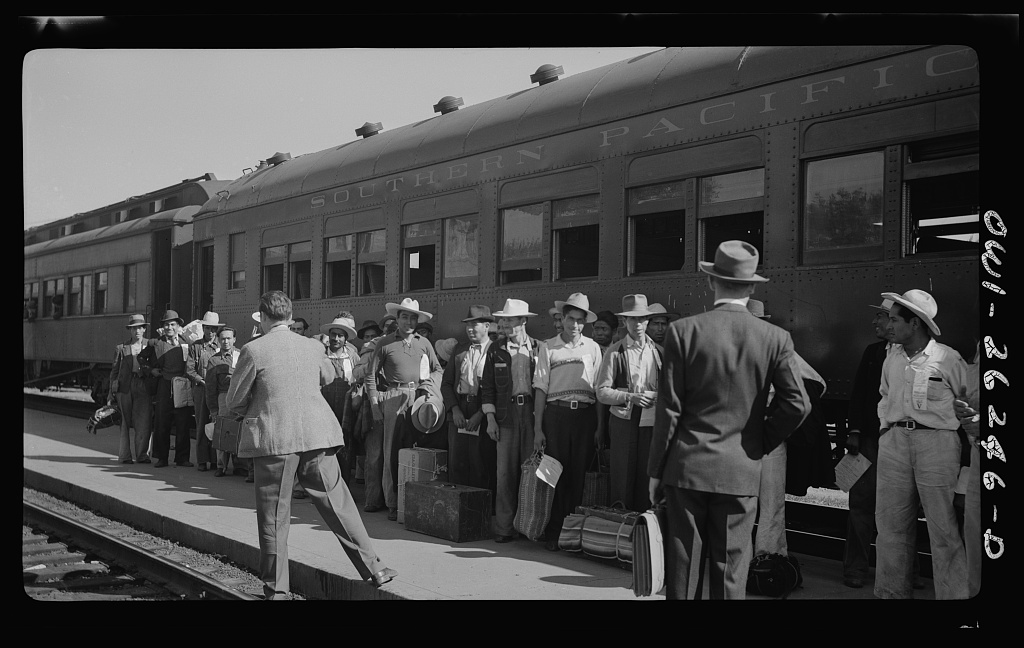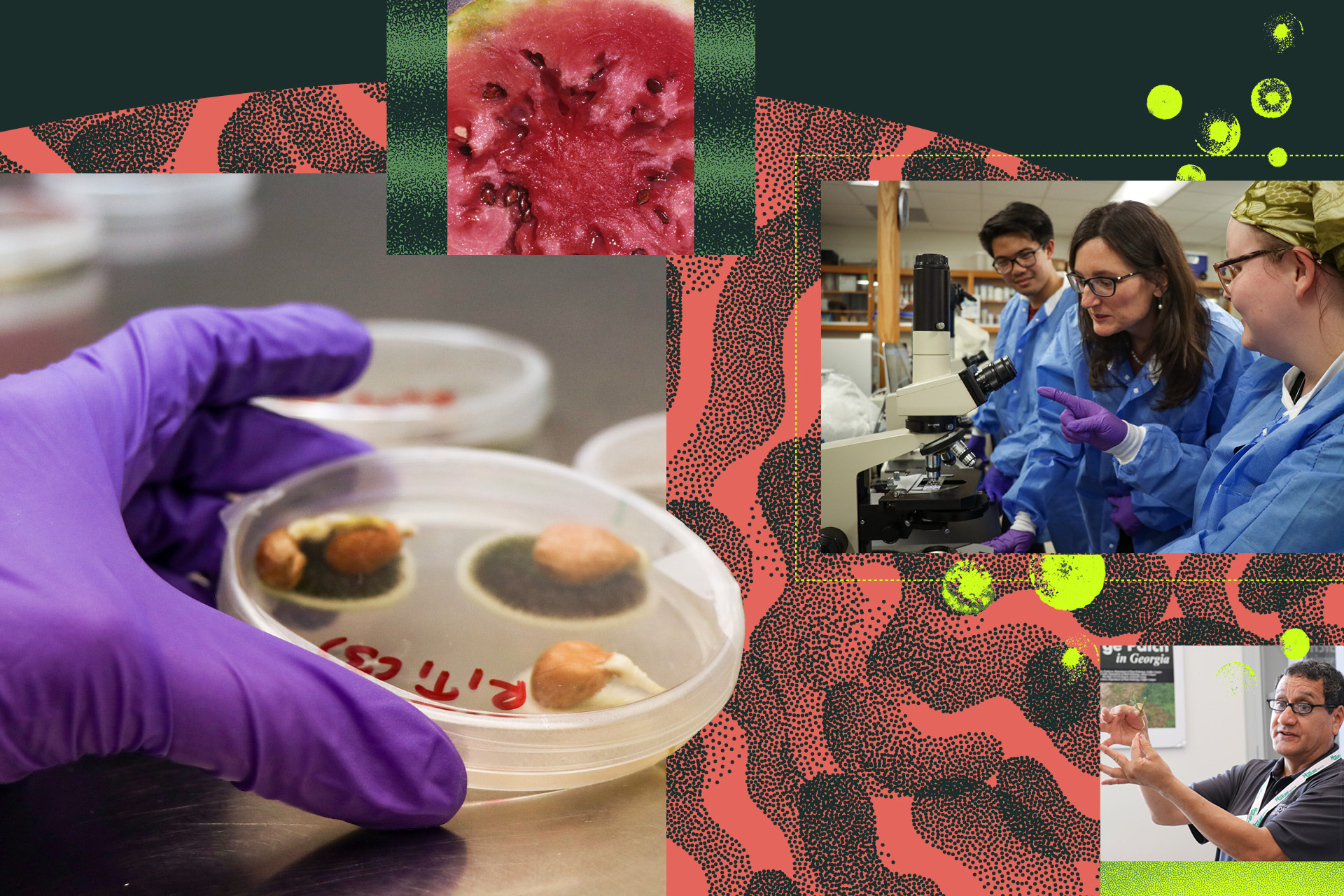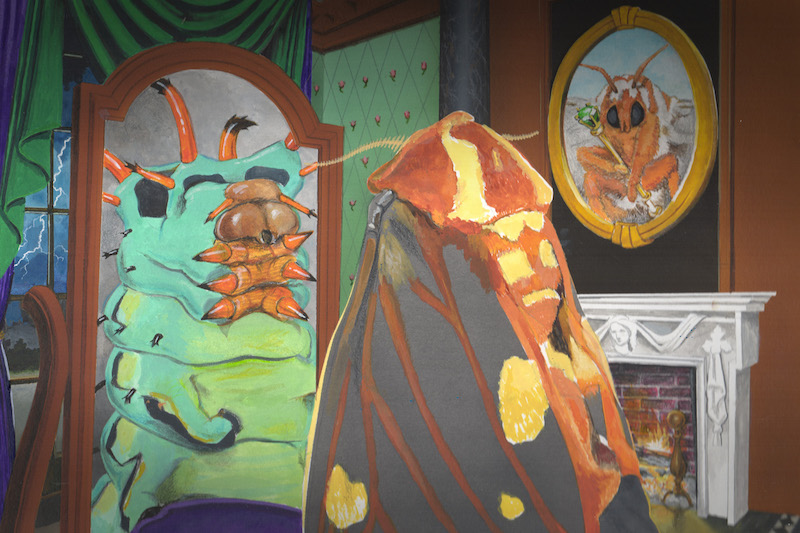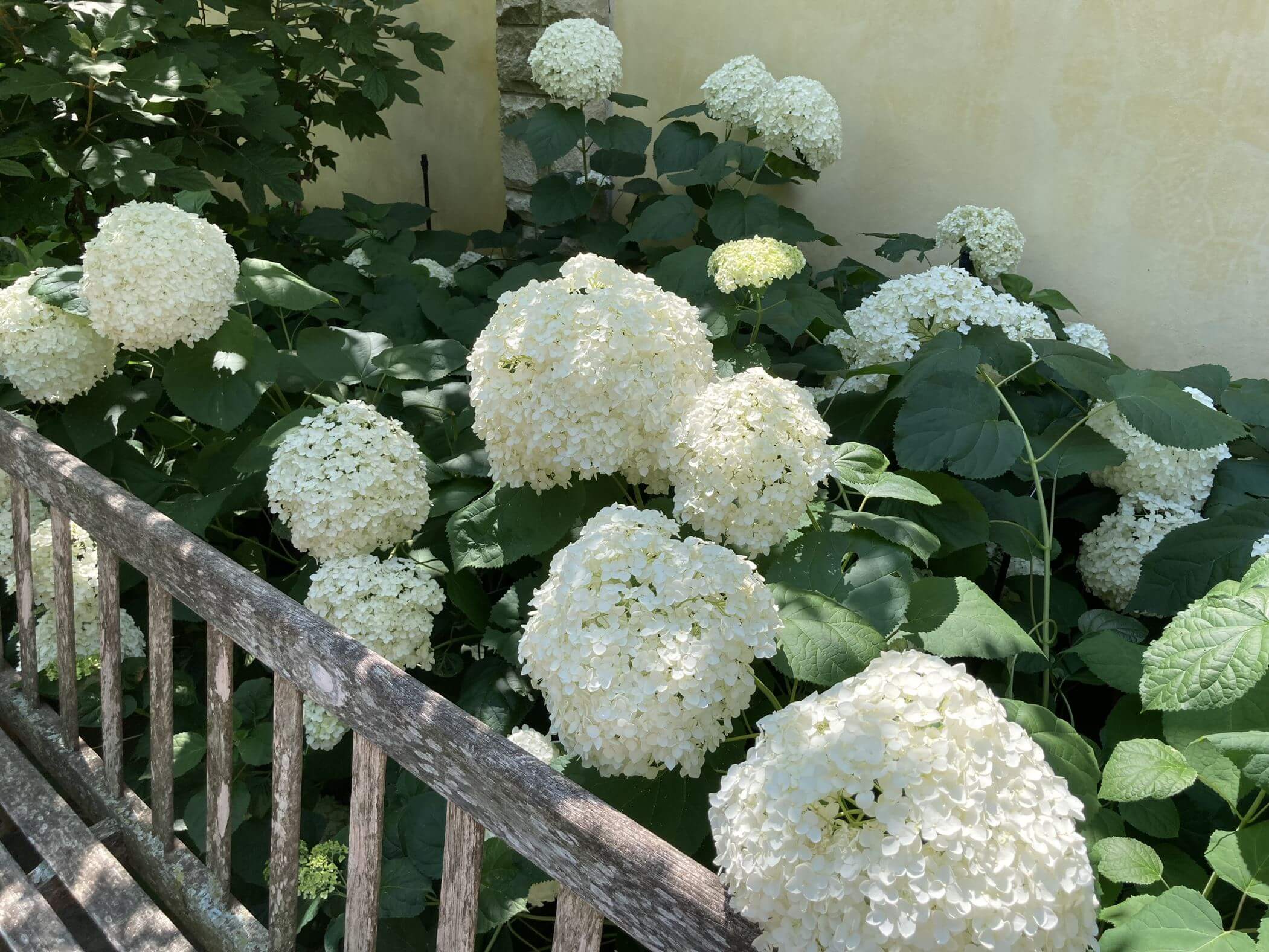Growing fruit trees in the home garden can be an enjoyable, relaxing and rewarding experience. However, success takes careful planning and hard work.
When planting fruit trees, it is important to consider site selection. Fruit trees should be planted in fertile, well-drained soil in a site that receives full sun. It is also important to consider fertility and soil pH. For fruit trees, the soil pH should be between 6.0 and 6.5.
Take a soil sample to determine the soil’s fertility needs and pH. Do not put fertilizer in the planting hole or fertilize immediately after planting. Fertilizers in direct contact with young roots can burn and cause damage.
Good root growth is essential
If purchased bare root, fruit trees are best planted in late fall or winter. If plants are purchased in containers, they can be planted any time of the year. Just take care to add the needed water when there is not enough rain. University of Georgia Cooperative Extension experts recommends planting fruit trees during the winter months to achieve the best success of establishment.
Whether trees are purchased bare root or containerized, the planting hole should at least two to three times the width of the root system. Prune any damaged roots on bare root plants and open up the root ball of container grown plants before planting. This prevents root circling.
Weeds and grasses that grow in the immediate area around fruit trees compete for both moisture and nutrients. One of the best methods of weed control is mulch. Place mulch in a ring 2 to 4 inches deep out around the tree to the drip line. Be sure to keep mulch several inches away from the trunk.
Avoid using hoes or string trimmers around trees. Hoeing can damage the root system and string trimmers can damage tree trunks.
Fight pests
Without proper management, insects and diseases can seriously damage fruit trees and reduce production. Both inorganic and organic control products are available at most garden centers. Always read and follow label directions carefully.
Proper sanitation can reduce insect and disease problems. Apples, nectarines, peaches and pears should be thinned approximately four weeks after they bloom. Remaining fruit should be 4 to 6 inches apart. Remove dead, diseased or damaged wood, fruit and leaves from around fruit trees. This debris can provide overwintering sites for insects and diseases.
Train and prune
Fruit trees need proper training and pruning for improved production. Pruning should be done during the winter months. Dormant or winter pruning consists of removing upright branches and any dead, diseased or damaged wood.
Gardeners who preplan should be rewarded with a bountiful harvest of fruit in coming years.
For more information on installing a backyard orchard, contact your local UGA Extension office at 1-800-ASK-UGA1 or see the website www.caes.uga.edu/publications/.







